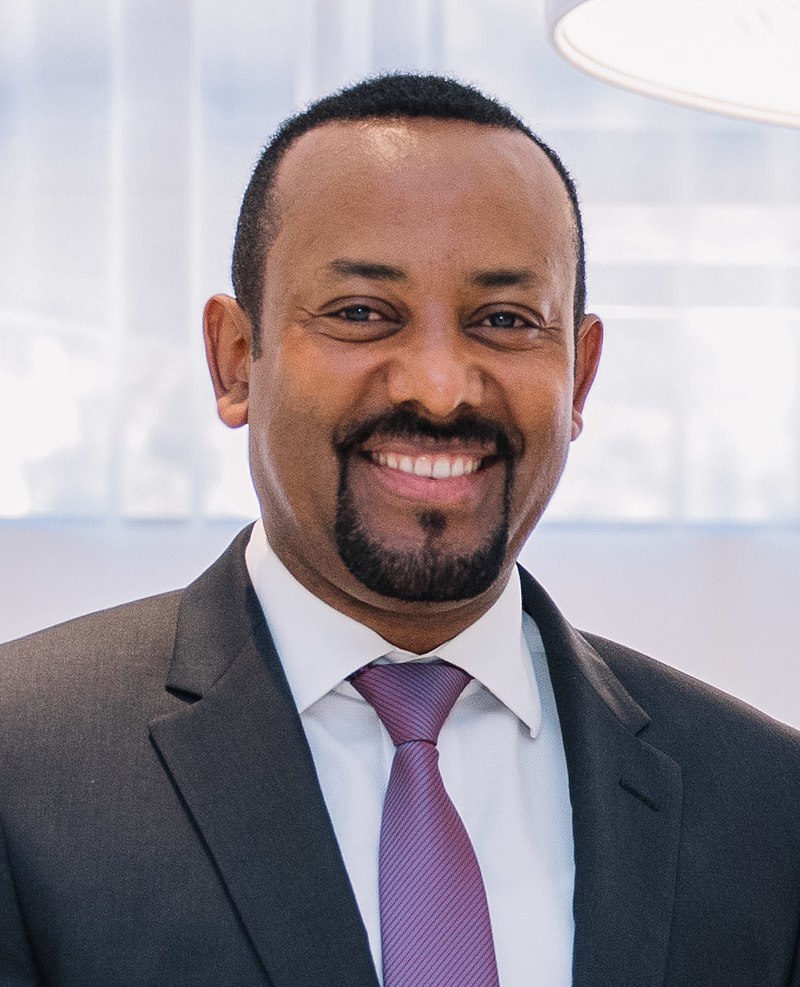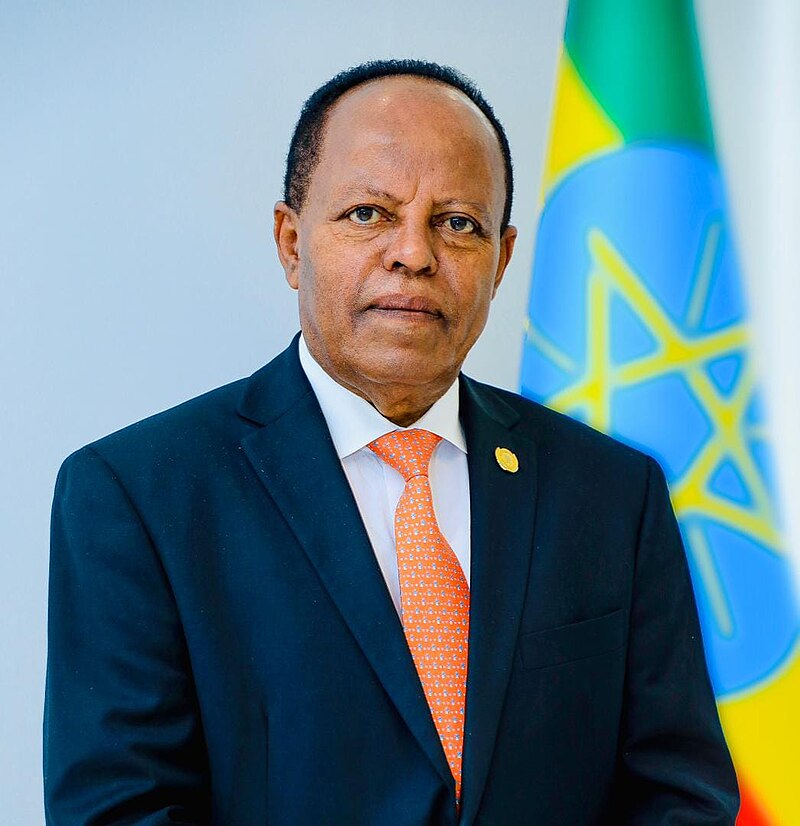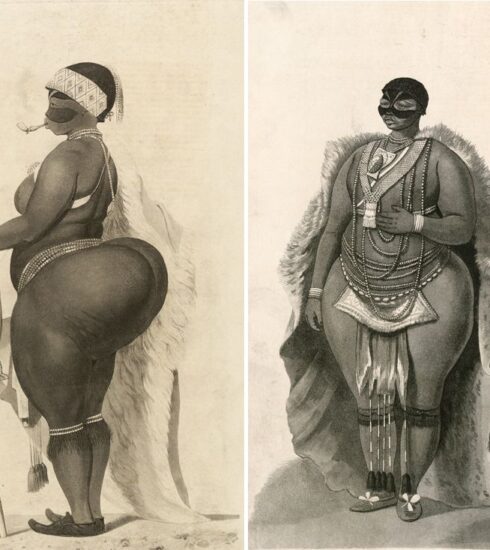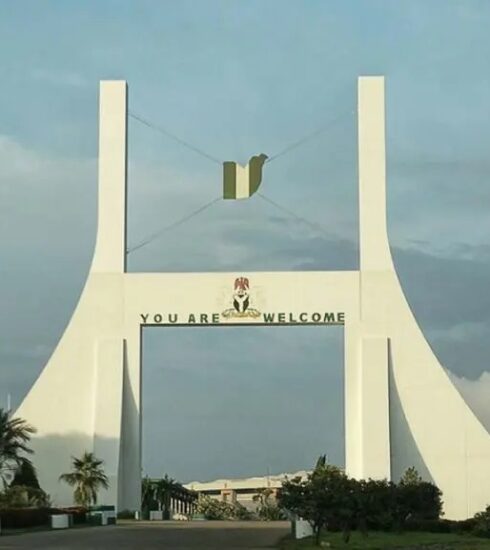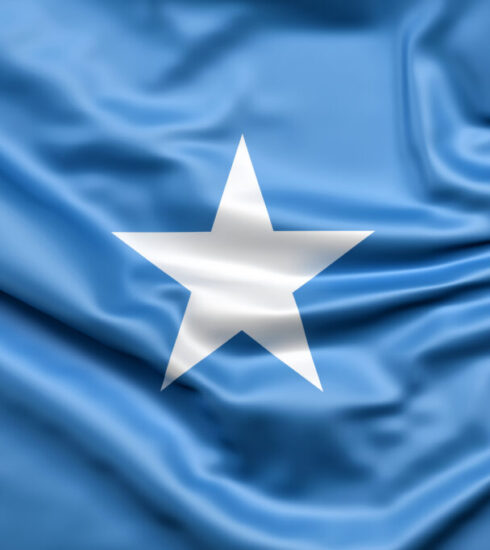A Brief Spotlight on Ethiopia
- Abiy Ahmed is the Prime Minister (Head of Government) of Ethiopia
- Taye Atske Selassie is the President (Representative Head of State) of Ethiopia
Ethiopia, officially the Federal Democratic Republic of Ethiopia, is a landlocked country in the Horn of Africa, with a population of around 128 million, making it the thirteenth-most populous country in the world, the second-most populous in Africa after Nigeria, and the most populous landlocked country on Earth.
It is also one of the fastest-growing economies in the region and it shares borders with Eritrea to the north, Djibouti to the northeast, Somalia to the east, Kenya to the south, South Sudan to the west, and Sudan to the northwest.
The national capital and largest city, Addis Ababa, lies several kilometres west of the East African Rift that splits the country into the African and Somali tectonic plates.
Ethiopia is Africa’s oldest independent country and its second largest in terms of population. Apart from a five-year occupation by Mussolini’s Italy, it has never been colonised.
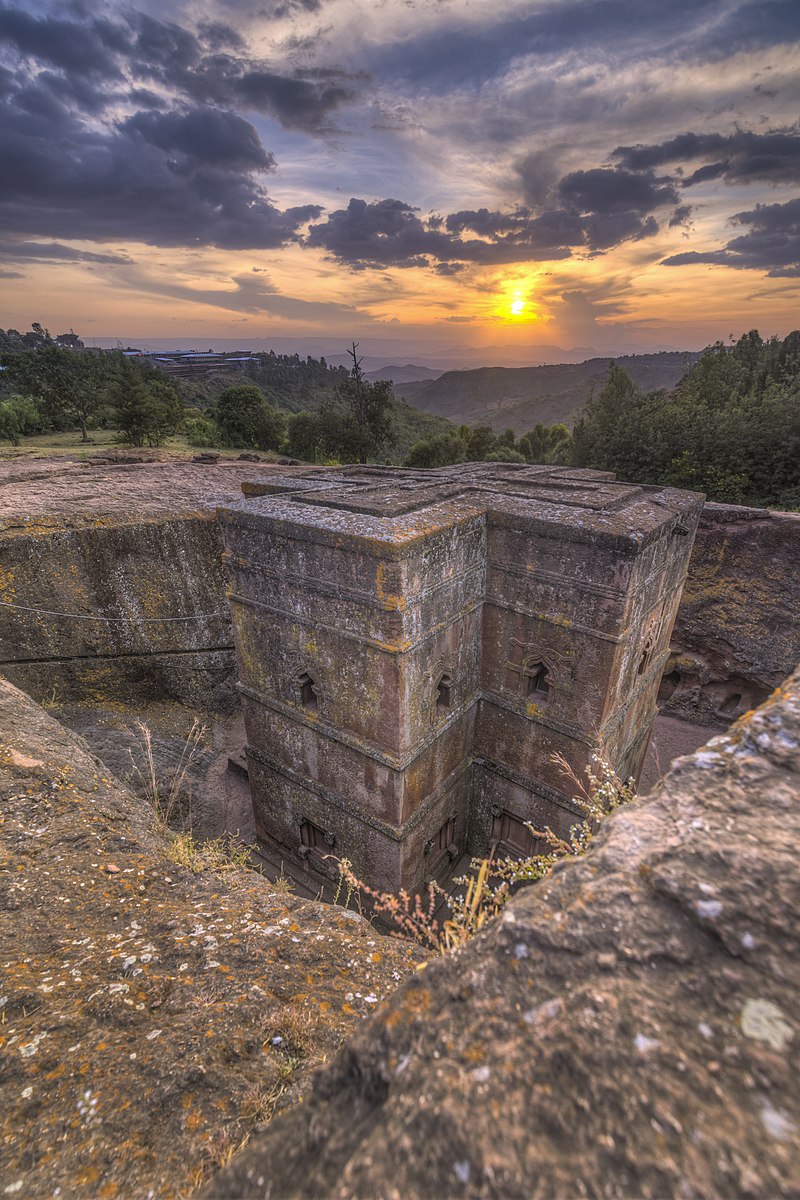
The Church of Saint George, Lalibela are thought to have been built in the 11th and 12th Centuries. It serves as a pilgrimage site for Ethiopian Orthodox Tewahedo Church; the site is part of the UNESCO World Heritage Site “Rock-Hewn Churches, Lalibela”. Credit: Wikipedia
It has a unique cultural heritage, being the home of the Ethiopian Orthodox Church – one of the oldest Christian denominations – and a monarchy that ended only in the coup of 1974.
It served as a symbol of African independence throughout the continent’s colonial period, and was a founding member of the United Nations and the African base for many international organisations.
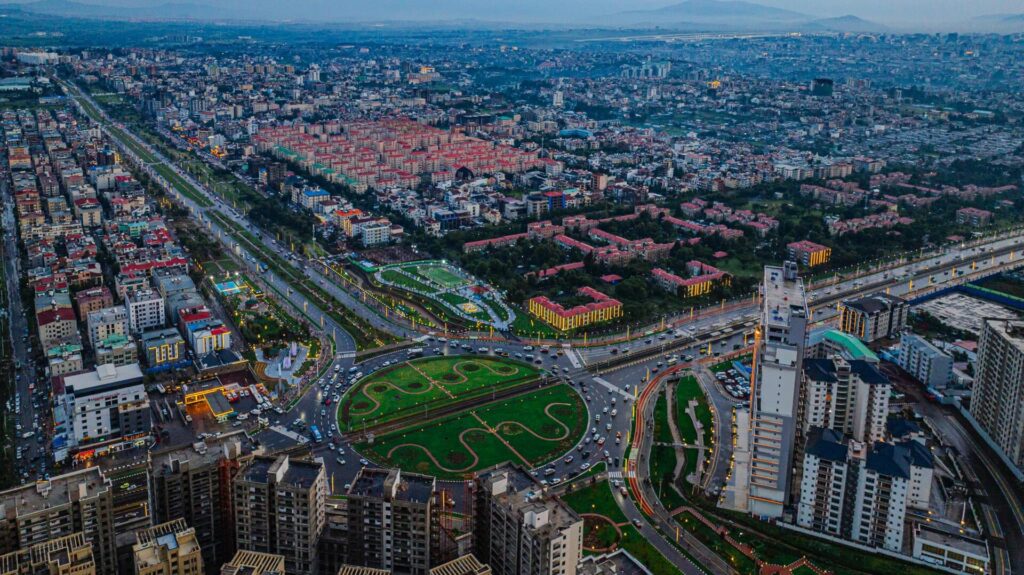
Over 6 million residents live in Addis Ababa, the capital and financial epicenter of the country. Credit: BBC
The Derg, a Soviet-backed military junta, took power in 1974 after deposing Emperor Haile Selassie and the Solomonic dynasty, and ruled the country for nearly 17 years amidst the Ethiopian Civil War. Following the dissolution of the Derg in 1991, the Ethiopian People’s Revolutionary Democratic Front (EPRDF) dominated the country with a new constitution and ethnic-based federalism. Since then, Ethiopia has suffered from prolonged and unsolved inter-ethnic clashes and political instability marked by democratic backsliding. From 2018, regional and ethnically based factions carried out armed attacks in multiple ongoing wars throughout Ethiopia.
Ethiopia is a multi-ethnic state with over 80 different ethnic groups. Christianity is the most widely professed faith in the country, with the largest denomination being the Ethiopian Orthodox Tewahedo Church. After Christianity, Ethiopia houses a significant minority of adherents to Islam and a small percentage to traditional faiths.
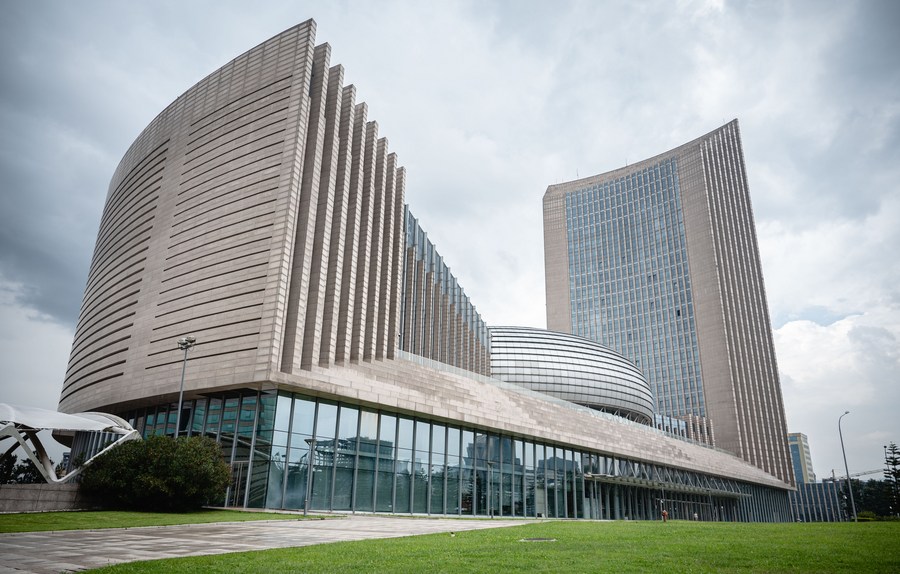
The African Union Headquarters located in Addis Ababa. Since its conception, Ethiopia is a founding member to the AU. Credit: Wikipedia
Addis Ababa is the headquarters of the African Union, the Pan African Chamber of Commerce and Industry, the United Nations Economic Commission for Africa, the African Standby Force and many of the global non-governmental organizations focused on Africa. Ethiopia became a full member of BRICS in 2024. Ethiopia is one of the least developed countries but is sometimes considered an emerging power, having the fastest economic growth in sub-Saharan African countries because of foreign direct investment in expansion of agricultural and manufacturing industries; agriculture is the country’s largest economic sector, accounting for over 37% of the gross domestic product as of 2022.
Ethiopia is a global centre of avian diversity. To date more than 856 bird species have been recorded in Ethiopia, twenty of which are endemic to the country. Sixteen species are endangered or critically endangered.
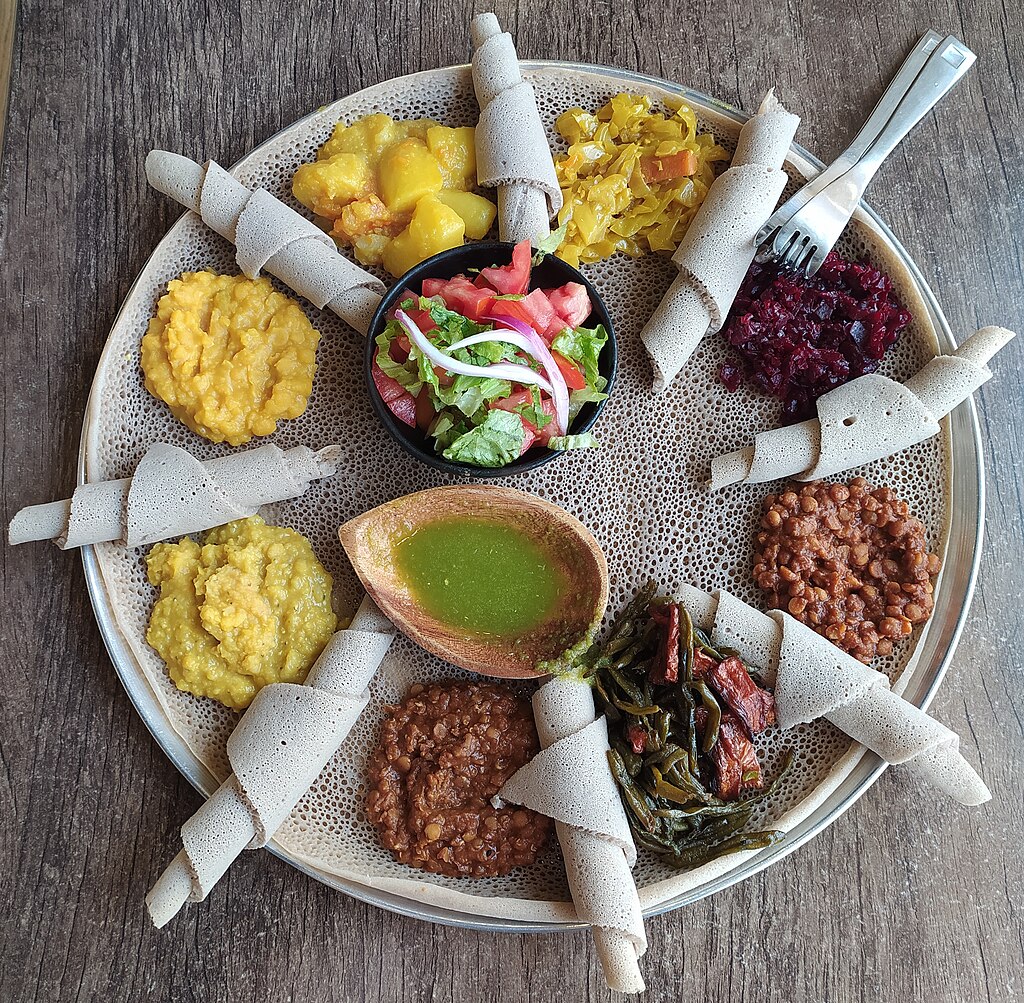
This meal consisting of injera and several kinds of wat (stew) is typical of Ethiopian cuisine. Credit: Travelnow
Ethiopia has 31 endemic species of mammals and has many species listed as critically endangered and vulnerable to global extinction. The threatened species in Ethiopia can be broken down into three categories (based on IUCN ratings): critically endangered, endangered, and vulnerable.
The best-known Ethiopian cuisine consists of various types of thick meat stews, known as wat in Ethiopian culture, and vegetable side dishes served on top of injera, a large sourdough flatbread made of teff flour. This is not eaten with utensils, but instead the injera is used to scoop up the entrées and side dishes. Almost universally in Ethiopia, it is common to eat from the same dish in the middle of the table with a group of people. It is also a common custom to feed others within a group or own hands—a tradition referred to as “gursha”. Traditional Ethiopian cuisine employs no pork, as it is forbidden in Ethiopian Orthodox Christian and Islamic faiths; Ethiopian Orthodox Christians also fast from meat on Wednesdays, Fridays, and leading up to Easter and Christmas.
Chechebsa, Marqa, Chukko, Michirra and Dhanga are the most popular dishes from the Oromo. Kitfo, which originated among the Gurage, is one of the country’s most popular delicacies. In addition, Doro Wot (ዶሮ ወጥ in Amharic) and Tsebehi Derho (ጽብሒ ድርሆ in Tigrinya), are other popular dishes, originating from northwestern Ethiopia.
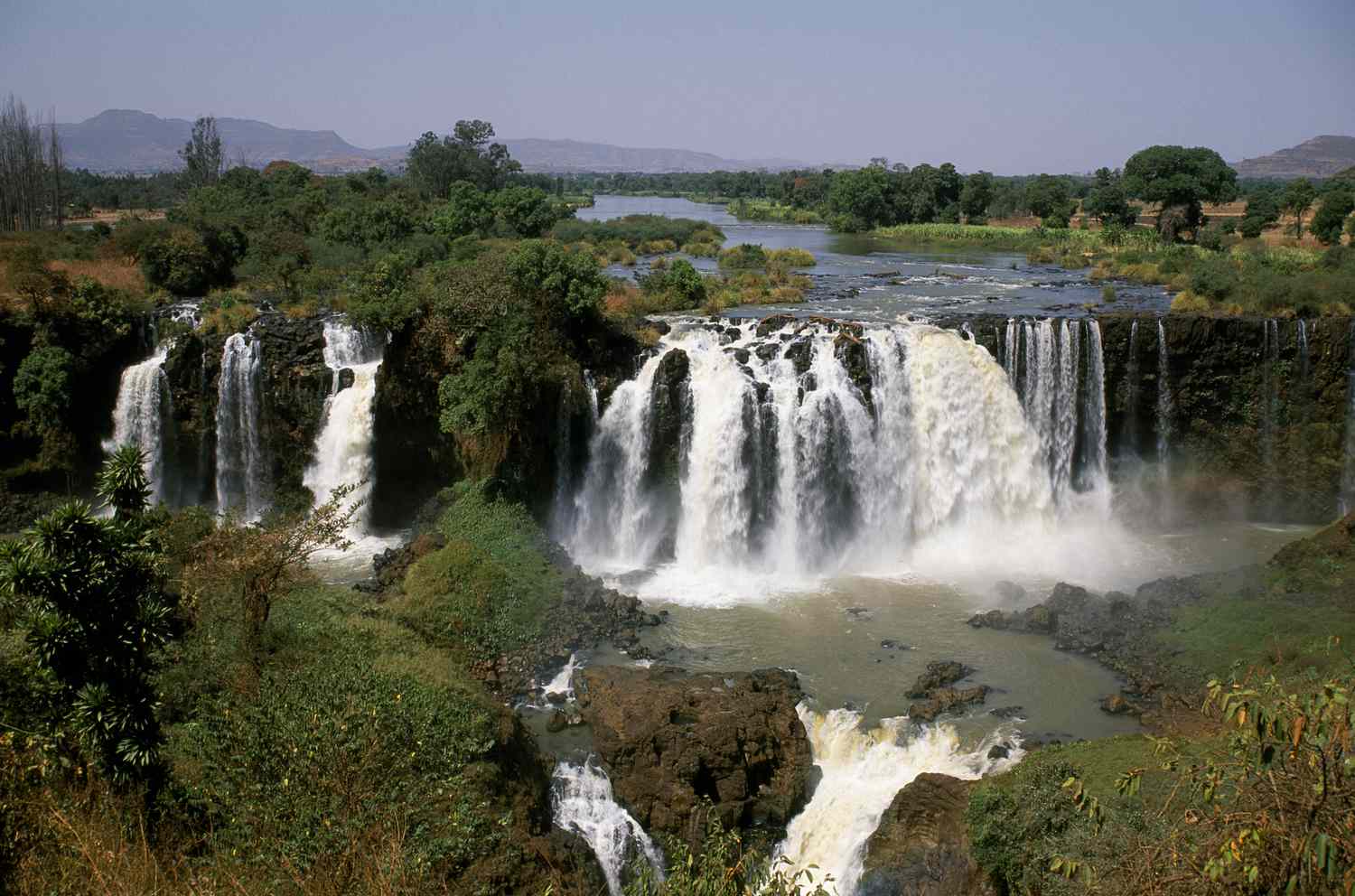
The Blue Nile falls during winter provides over 86 percent of the Nile river’s water coming from melted snow in the Simien mountains below. Credit: Wikipedia
Ethiopia has a proud history which can be traced to the beginnings of mankind. Among the most remarkable evidence of Ethiopia’s status as the cradle of civilization was the discovery of “Lucy,” a female hominid whose 3.2 million-year-old skeleton was found in 1974 near the Awash River at Hadar. Lucy is currently traveling to museums in the United States, introducing millions of Americans to Ethiopia and its remarkable past and future.
